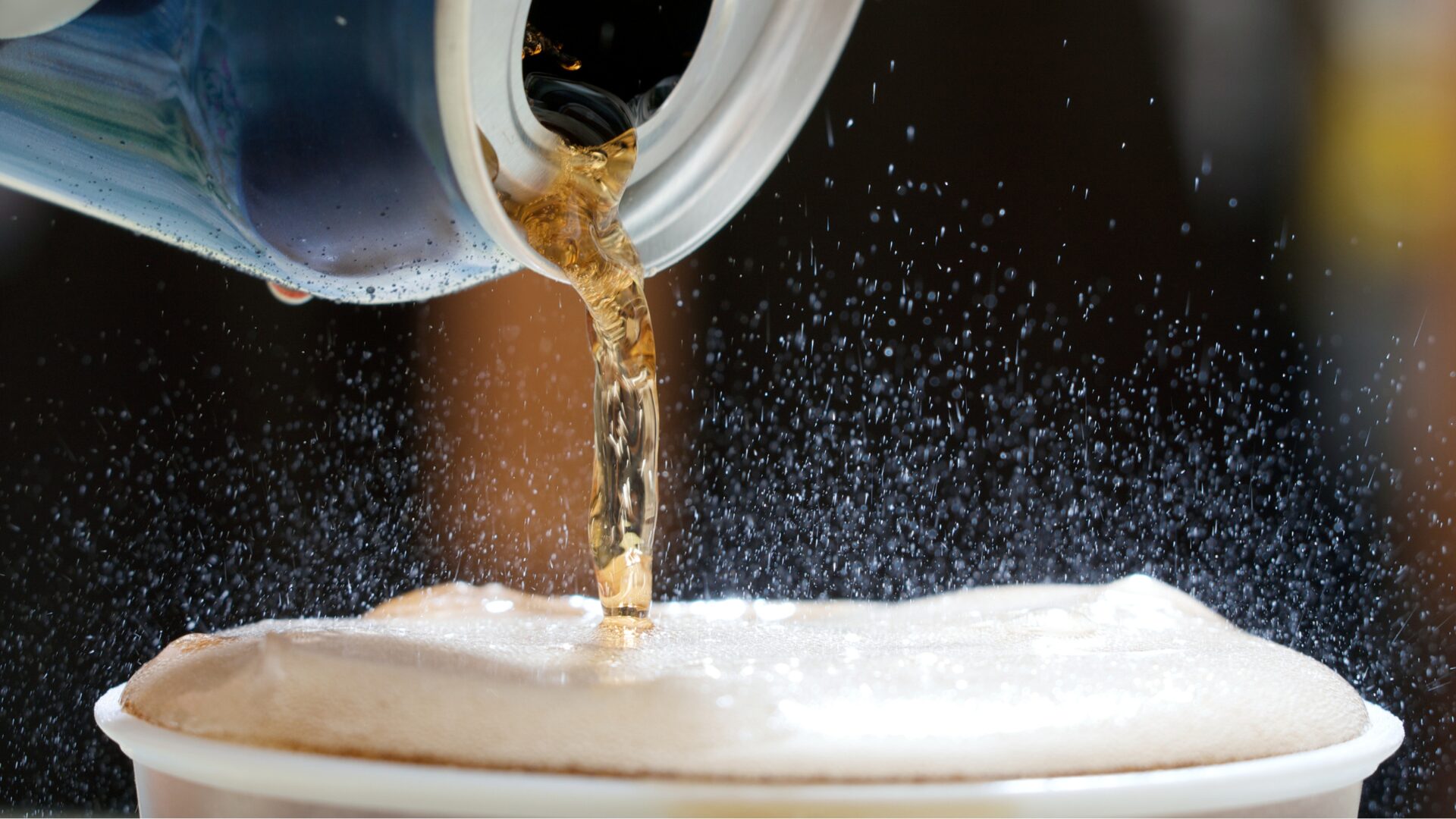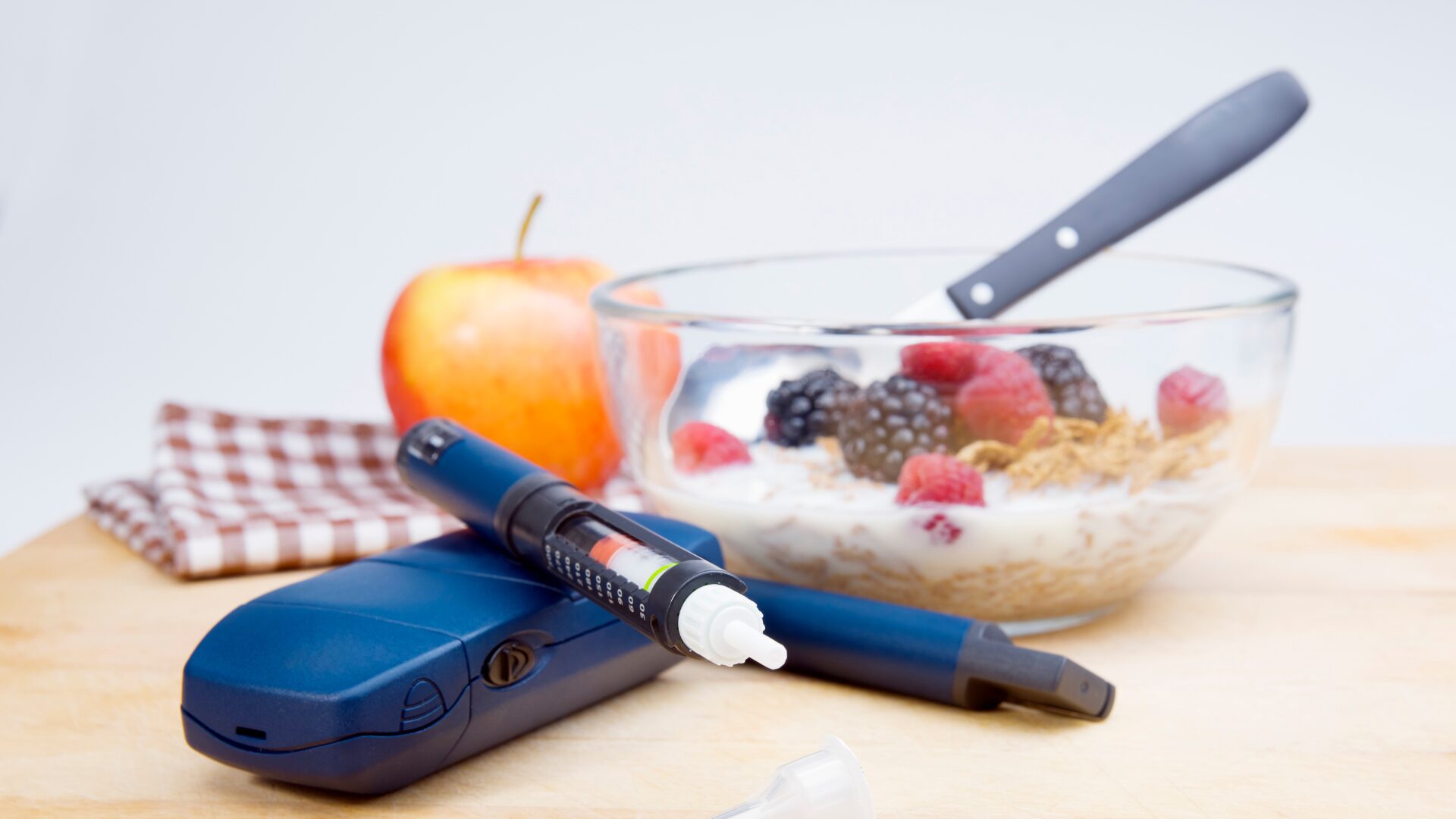The best time to measure the privilege of being an iconic brand is any period of rapidly spiking inflation. The Consumer Price Index has jumped 8.5% in the last year alone. And the country’s most iconic consumer brands have increased their pricing to at least match this inflationary rate. Most have increased pricing by 10% or more and even made a profit from the move. And the most iconic brands do just fine, more or less.
The Bottom-Line Pressure for Everyone
The ability to raise unit SRP AND not lose volume depends on the cultural power of thy brand. Now is when all that indirectly attributable marketing work over the years, if not decades, pays off. It benefits the tastiest market leaders with entrenched consumption habits, modern brand identities, and strong memorability (i.e., #1 or #2 market share position). Almost every value-added consumer category has at least one brand in this situation.
For brands in the middle of the share pack, though, this is an ugly time at retail. And there is honestly nothing these middling brands can do about it within the confines of one fiscal year. You can’t suddenly become an “Oreo” or “Hershey” with a culturally iconic power to take 10% more from consumers at the same annual purchase volume in one year.
So, most CPG brands will take a volume hit if they raise prices all at once to cover input inflation.
I work in the world of early-stage brands, however. Precisely none of these brands are iconic. Not yet. Their awareness levels alone are way too low, and their household penetration levels are vastly lower. Most will never be seen as iconic brands, even if they scale to $200-300M. Crudely put, iconicity (that protects against inflation spikes) is the privilege of brands that sell billions a year and have become habits for tens of millions over decades. Chobani and Kind are startlingly rare examples of food startups that eventually attained this culturally elite status (and relatively quickly).
Generally speaking, food brands closest to raw ingredients themselves suffer the most from considerable spikes in ingredient costs. This puts unnecessary pressure on emerging brands that do not use processed, fractionated additives and fillers, especially brands selling meat, eggs, and dairy to more premium feed supply chains.
The Early-Stage Quandary of Raising Prices
Most emerging brands are premium-priced on a per unit (and a per ounce) basis vs. the market share leaders. This price premium may be as low as 25% in some cases (e.g., cereals, nutrition bars). And it could be as high as 1000% for artisan offerings in chocolate and wine. They are NOT used to raising prices unless they have been in business for ten years or more (ordinary input inflation does add up).
As early-stage brands scale over the years, they tend to lower their SRPs, or equivalized SRP per ounce, as they scale into downmarket, mass channels.
As I wrote in my book, keeping unit pricing as high as possible for as long as possible is an uncompromising, disciplinary commitment that premium brands have to make. It’s not just about revenue either and perceived quality. It’s also about cash flow and gross profits to funnel back into growth. Early-stage food brands tend to have more costly formulas per ounce than mass-market products. This is primarily why they sell for a premium. The markups to the shelf automatically lead to a higher SRP due to the higher case prices on the founder’s sell sheets—all to preserve ‘feasible’ gross margins.
But, should early-stage brands raise their unit pricing in this inflationary environment?
The answer depends on what phase of development the brand is in and how much dry powder it has. And the strength of the brand’s retailer relationships. After all, the retailer may decide that a weak, low-velocity startup should be replaced rather than bought at a higher price. Strong distributor and buyer relationships can overcome this. None of this favors CPG brands that just launched in the last two years.
Early-stage premium food brands with fan-tastic initial audiences (i.e., 80% or more repeat purchasers and heavy users) tend to be largely immune to inflation-adjusted pricing. Why? They are vastly more motivated than the average Lays or Oreo buyer. Adding 10% to the unit cost of a brand already selling for 100% over the market leader’s unit pricing is not a material increase to a motivated consumer, even if they notice the increase. If they crave what you sell, they’ll happily absorb it from you, the premium brand, more even than they will from a mass-market commodity.
The real challenge for some founders is that retail buyers never want the price of small, local, or startup brands to go up because they view these brands as already very high-priced. They are trained to believe that small price increments can tank or suppress velocities in mass-market commodities because MOST of their shelf space is filled with items turning much slower than the market leaders.
Buyers also correlate high unit prices with low sell-through volumes. Since most early-stage brands follow this pattern, no one can blame them here. If anything, most buyers, even at specialty chains, push for brands to spend promotional dollars or outright make cuts to a brand’s SRP to increase velocity. The growth logic of cheap, mass-market, leading brands dominates their desks; it is hard to code-switch for the sake of emerging brands.
Buyers looking at Phase 1 and Phase 2 early-stage brands (selling below $7M at retail) want unit prices to go down over time if anything.
Most savvy founders (and buyers) know that if you slash the SRP on a brand with minimal repeat purchase behavior AND little out-of-store awareness, you won’t necessarily get much of a lift in sales. It might easily be a wash in terms of gross profit dollars.
But will unit volume go down for an early-stage brand if you raise prices 10% or more in one year?
Ironically, consumer behavior would suggest that this is most likely to happen in a) conventional channels) with b) brands in Phase 3 or Phase 4 of development dependent on less motivated trials to keep growing. Or for brands that over-extended themselves before building brand awareness.
For food startups selling $5M or less annually, I highly recommend founders attempt to raise their case pricing to preserve margin. The reason is that most can’t afford the gross profit hit. If your brand takes a minor velocity hit, this is a wake-up call for your team. Your brand should be much, much stronger than this. I look at it as a test.
However, if you have cash on hand, founders may quickly decide to absorb cost input inflation to preserve pricing advantage in highly oversupplied categories. Generally, though, this calculus is premature in the first $5M of sales, when all-out aggression and bold pricing is ideal to begin the brand-building process and preserve premium pricing. Inflation becomes an ironic excuse to be even more premium-priced, daring in your claim to higher quality.
Early-stage food brands rely on excellent, modern product design and niche awareness building to command premium pricing early on. The value of this premium positioning is the ability to attract and retain very heavy users early on who, though small in number, make the business much more stable and financially efficient to service (even for those brands with seed money).
However, Phase 4 brands ($35-100M) should assess their ability to absorb these cost increases or only partially increase SRPs. At this stage, if you intend to grow fast, you don’t want to lose out on trial opportunities with consumers-on-the-fence. These are the slice of first-time triers who need to consume the product to ‘get it’ and value the premium pricing. You want to keep as many of these ‘converts’ as you can when growing fast.
A Final Warning – Shrinkflation is a Defensive Move for Leading Brands
I just caught wind of a small food startup getting pushed by a buyer to match the unit price (and pack size) of the market-leading brand (one selling more than $500M annually) through an even more costly pack size change (!). It is an extreme ask, but it follows the general logic of mass-market pricing in the retail ecosystem.
“Never be more expensive than the leading name brand” goes the 20th century retail logic.
Except, that’s exactly what you want in most categories in the early years of early-stage brand growth.
This incident is a sober reminder of why the average retail buyer is often a poor source of strategic business advice for a high potential, fast-growing premium food business. They only know one logic to drive growth. Price. Ultimately, shrinkflation is a poor strategic choice to deal with near-term cost input inflation, especially for a cash-poor early-stage brand. Instead, raise your prices and work your fanbase.
About the Author
Dr. Richardson is the founder of Premium Growth Solutions, a strategic planning consultancy for early-stage consumer packaged goods brands. As a professionally trained cultural anthropologist turned business strategist, he has helped nearly 100 CPG brands with their strategic planning, including brands owned by Coca-Cola Venturing and Emerging Brands, The Hershey Company, General Mills, and Frito-Lay, as well as other emerging brands such as Once Upon a Farm, Dr. Squatch Soap, Proven skincare, Rebel creamery, and June Shine kombucha.
James is the author of “Ramping Your Brand: How to Ride the Killer CPG Growth Curve,” a #1 Best-seller in Business Consulting on Amazon.












